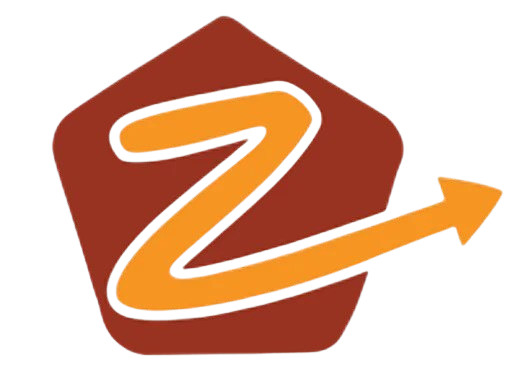Venture into the captivating world of AI-driven image generation with our blog series. As we delve into the realm of Generative Adversarial Networks (GANs) and other cutting-edge algorithms, discover how artificial intelligence is reshaping the landscape of visual content creation. From realistic image synthesis to artistic exploration, these articles aim to unravel the transformative impact of AI on pushing the boundaries of creativity and innovation in the field of digital imagery. Whether you are an enthusiast, a creative professional, or simply curious about the future of visual arts, join us in exploring the fascinating synergy between AI and image generation.
Advertisement
Supported by
STEM Writing Contest Winner
We are honoring the top 10 winners of our Student STEM Writing Contest by publishing their essays. This one is by Judah Spiegel.
This essay, by Judah Spiegel, 14, from Albany High School in Albany, Calif., is one of the top 10 winners of The Learning Network’s fourth annual STEM Writing Contest, for which we received over 3,000 entries.
You can find all of our student winners here.
Computing Creativity: Can A.I. Produce Art?
In 1992, Edward de Bono argued that “creativity is the most important human resource of all.” But might computers have the capacity to be creative? Could artificial intelligence surpass us in even the most human of phenomena? These questions have moved to the forefront of society with the launch of ChatGPT and DALL-E, two powerful deep learning models capable of creating art, albeit heavily based on existing ideas.
The source of human creativity is a complex and heavily-debated topic. One theory supposes that creativity emerges from solving problems in new ways. The game designer Mark Rosewater explains that “if you use the same neural pathways, you get to the same answers, and with creativity, that’s not your goal.” But studies from the University of Virginia suggest humans most default to solving problems by building on known solutions, restricting originality.
Some neuroscientists propose another theory regarding creativity. Research from the University of Calgary reveals that when being creative, humans don’t use the same brain regions associated with thought and problem-solving, implying that creativity is primarily an unconscious process. According to this theory, the brain solves problems best when not directly focusing on them using the frontal lobe, instead letting the other parts of the brain take over.
A.I. cannot currently emulate the full complexity of the human mind. Do these deep learning networks even have the required components that we use when we are creative? Douglas Hofstadter, in his award-winning book “Gödel, Escher, Bach: An Eternal Golden Braid,” explains how “emergent phenomena,” such as creativity, correspond to connections between levels within mental systems. Similar connections could exist in artificial neural networks, even if the underlying mechanics differ. For example, modern artificial intelligence employs attention circuits that may cause it to behave similarly to the frontal lobe where most of the brain’s focusing tendencies come from.
The emergent nature of creativity opens the door for similar tendencies in machines, but they are tuned so carefully to replicate existing ideas that it may not be enough for true originality. Mr. Rosewater’s theory on creativity suggests that for A.I. to be creative, it should be able to solve problems in new ways, which is difficult because A.I. is based so heavily on already existing ideas. Alternatively, if creativity is an unconscious process as the University of Calgary research suggests, then it occurs mostly outside the frontal lobe and may not exist in machine learning networks. Either way, current A.I. probably lacks the capacity for genuine creativity and originality, but it can combine existing ideas in interesting ways. Is this true creativity? Maybe not, but it is close.
The question of machine creativity has repercussions in many areas, such as developing copyright law regarding A.I. works, considering A.I. submissions in art contests, and determining the use of ChatGPT as a tool for school assignments. Creativity may be, at least for now, an exclusively human trait. Computers are not yet starting revolutionary artistic movements, but they are already combining what exists into something new, challenging us to look deeper into our own creativity.
Works Cited
Cho, Kyunghyun, et al. “Describing Multimedia Content Using Attention-Based Encoder-Decoder Networks.” IEEE Transactions on Multimedia, Nov. 2015.
Hofstadter, Douglas R. Gödel, Escher, Bach: An Eternal Golden Braid. Basic Books, 1999.
Kwon, Diana. “Our Brain Typically Overlooks This Brilliant Problem-Solving Strategy.” Scientific American, 7 April 2021.
O’Connor, Ryan. “How DALL-E 2 Actually Works.” Assembly AI, 19 April 2022.
Rosewater, Mark. “Twenty Years, Twenty Lessons.” Magic the Gathering, 30 May 2016.
Stevens, Alison Pearce. “Study Is First to Link Brainwaves to Certain Forms of Thought.” Science News Explores, 8 March 2021.
Advertisement
